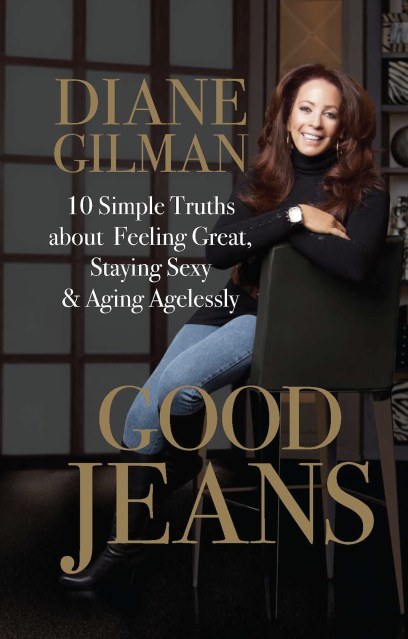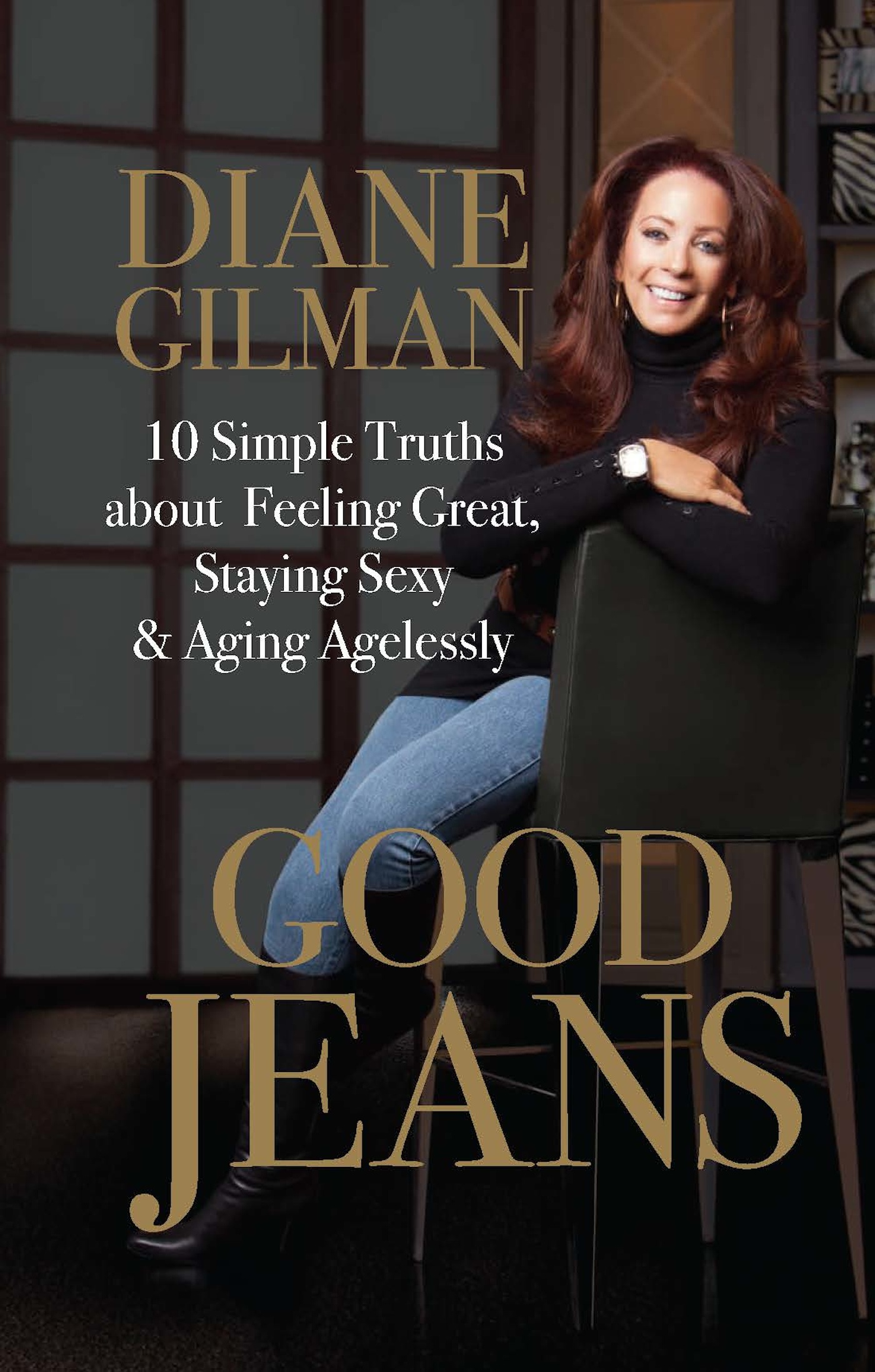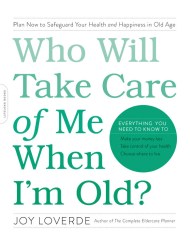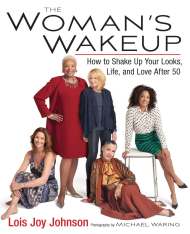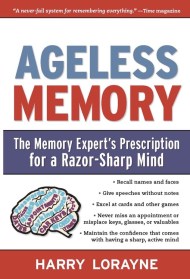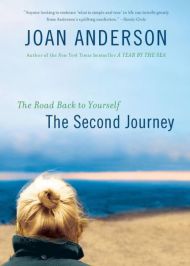Promotion
Use code MOM24 for 20% off site wide + free shipping over $45
Good Jeans
10 Simple Truths about Feeling Great, Staying Sexy & Aging Agelessly
Contributors
By Diane Gilman
Formats and Prices
Price
$11.99Price
$15.99 CADFormat
Format:
ebook $11.99 $15.99 CADThis item is a preorder. Your payment method will be charged immediately, and the product is expected to ship on or around April 2, 2013. This date is subject to change due to shipping delays beyond our control.
Also available from:
Like so many women who enter the second half of their lives, Diane found herself trudging along, having lost the energy that defined her earlier life. Overweight and newly widowed, she was struggling with how society had defined her as well past her prime. But she rediscovered her passion, and totally invigorated her life. At the age of 60, she has become everything she had ever dreamed she’d be. Now she shares the 10 secrets she discovered for aging agelessly, and assures women that the later years can be a time of mind-expanding work, earth-moving love, foundation rocking sex, and soul-grabbing purpose.
Genre:
- On Sale
- Apr 2, 2013
- Page Count
- 248 pages
- Publisher
- Running Press
- ISBN-13
- 9780762448746
Newsletter Signup
By clicking ‘Sign Up,’ I acknowledge that I have read and agree to Hachette Book Group’s Privacy Policy and Terms of Use
